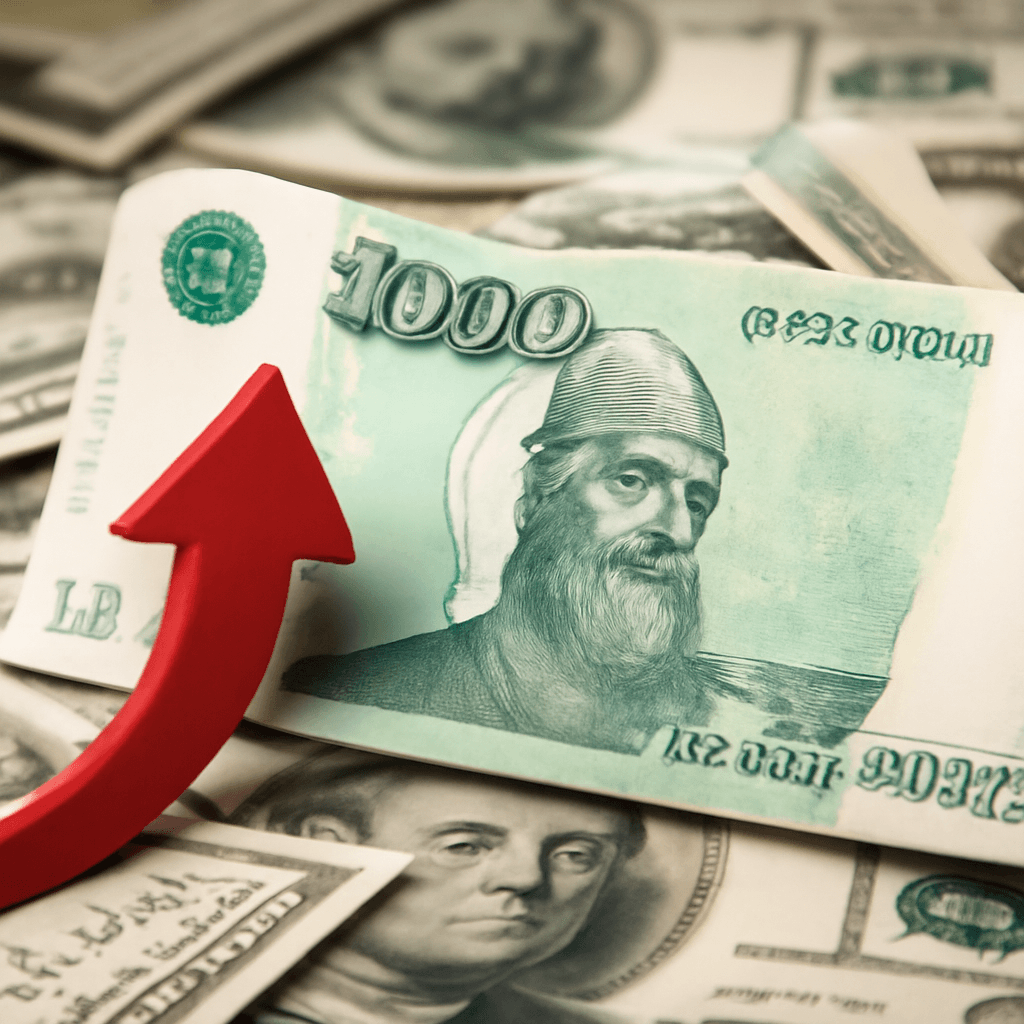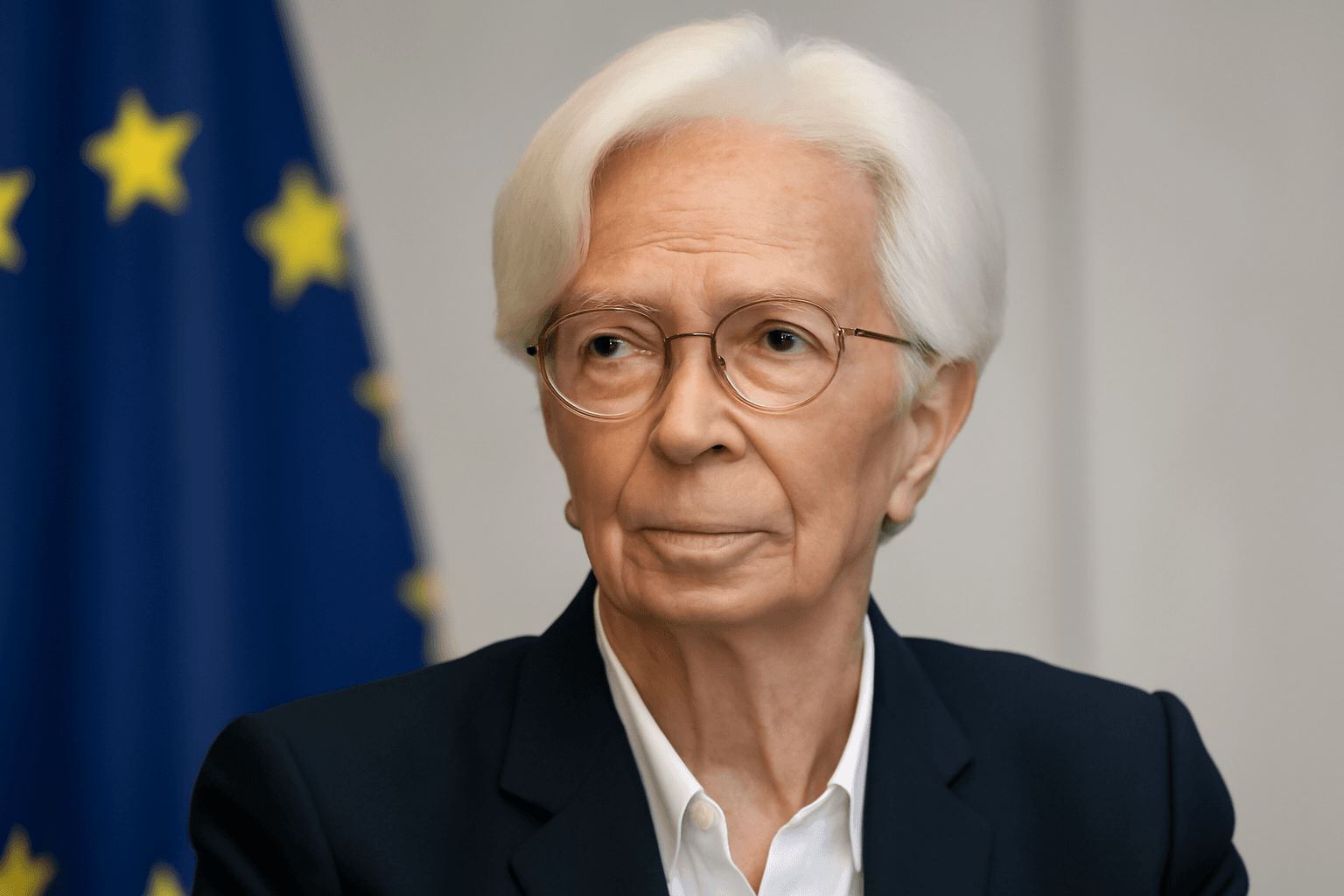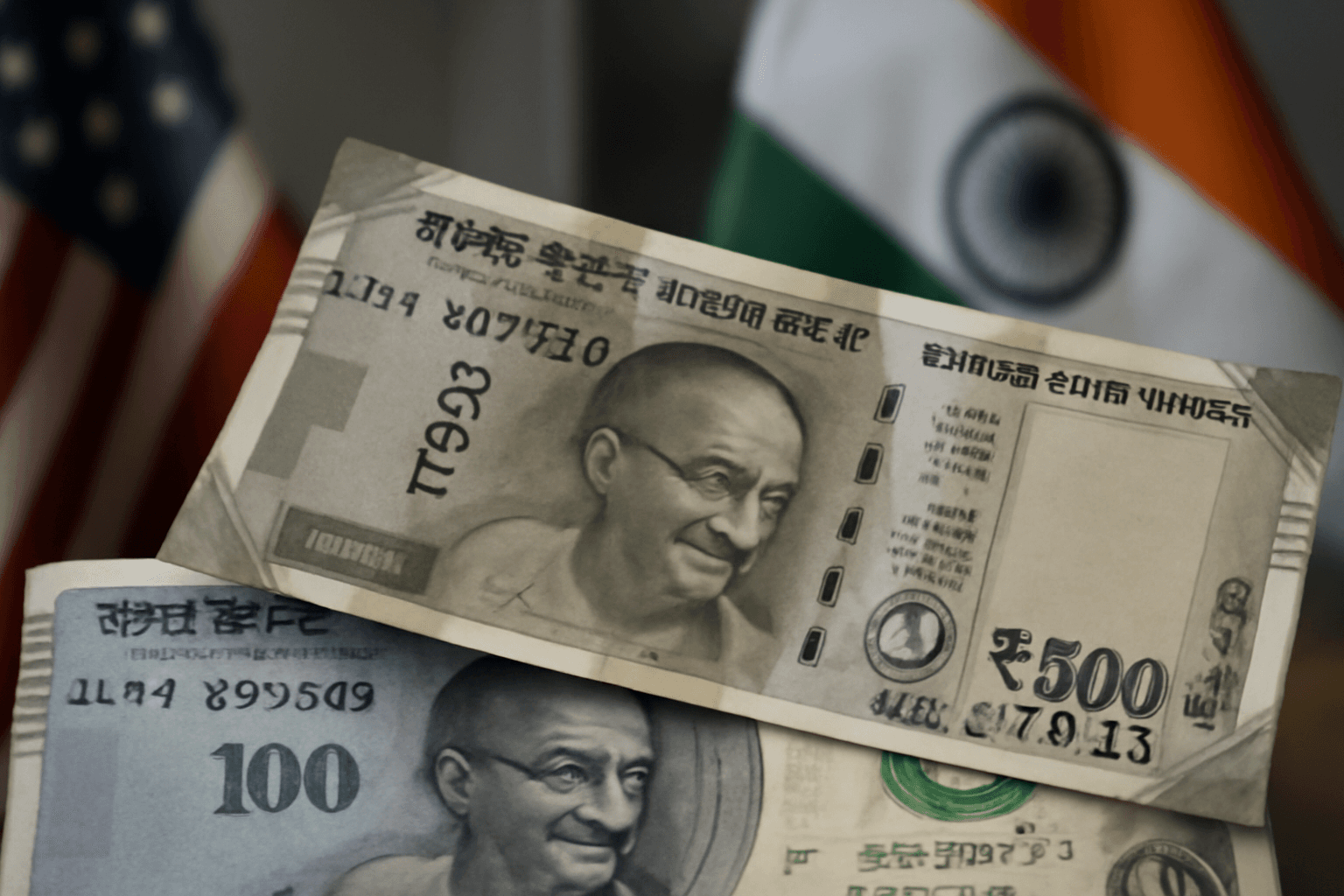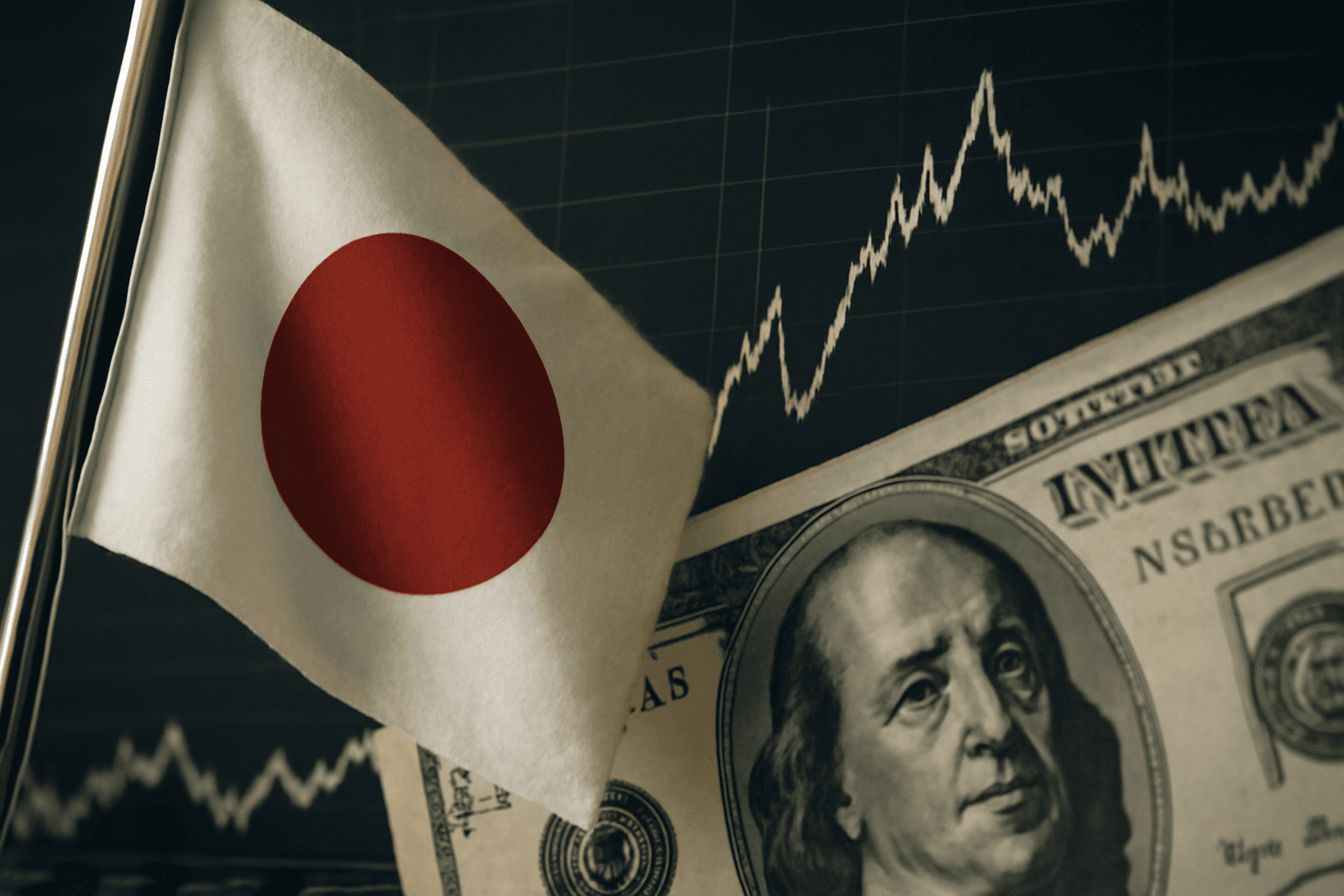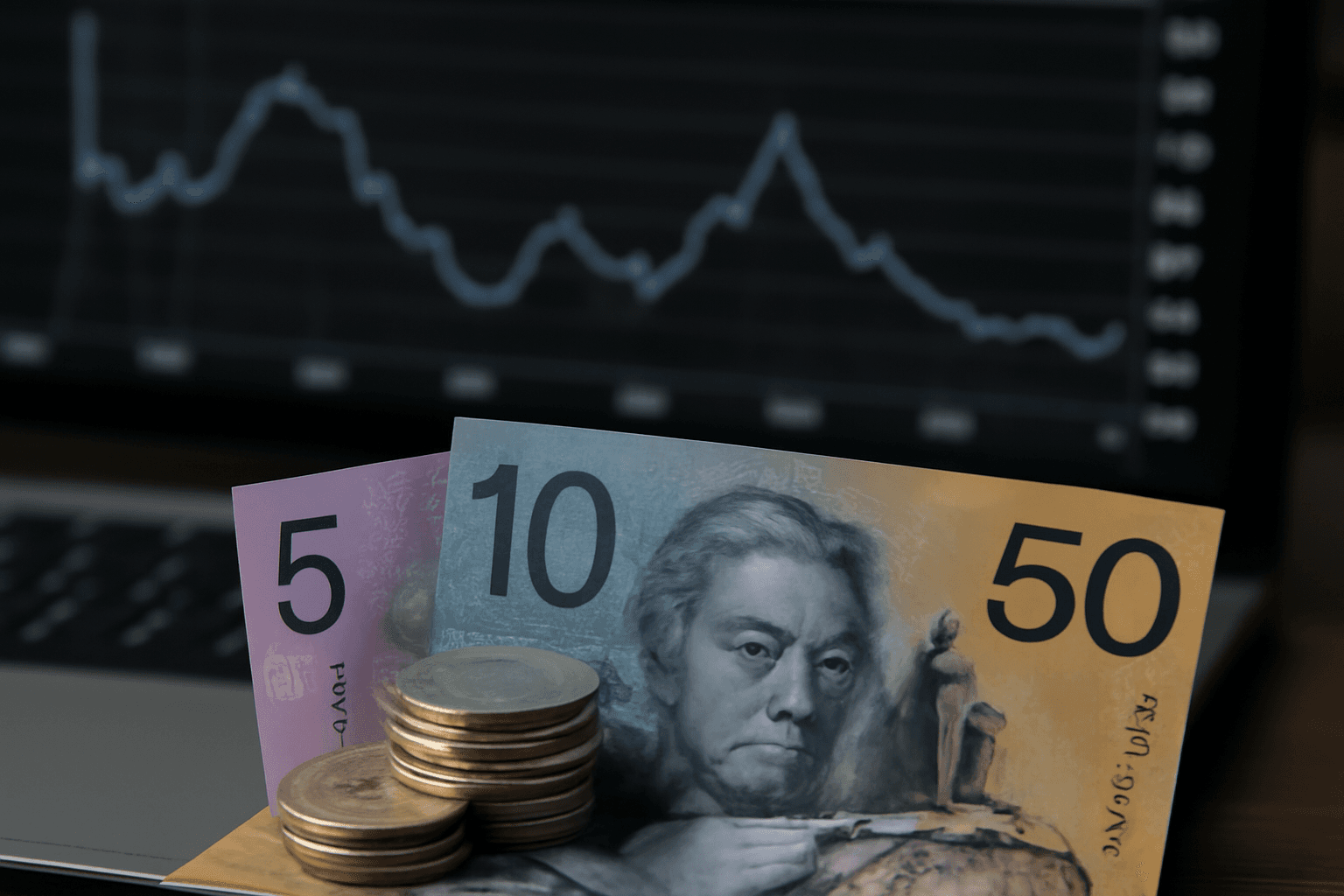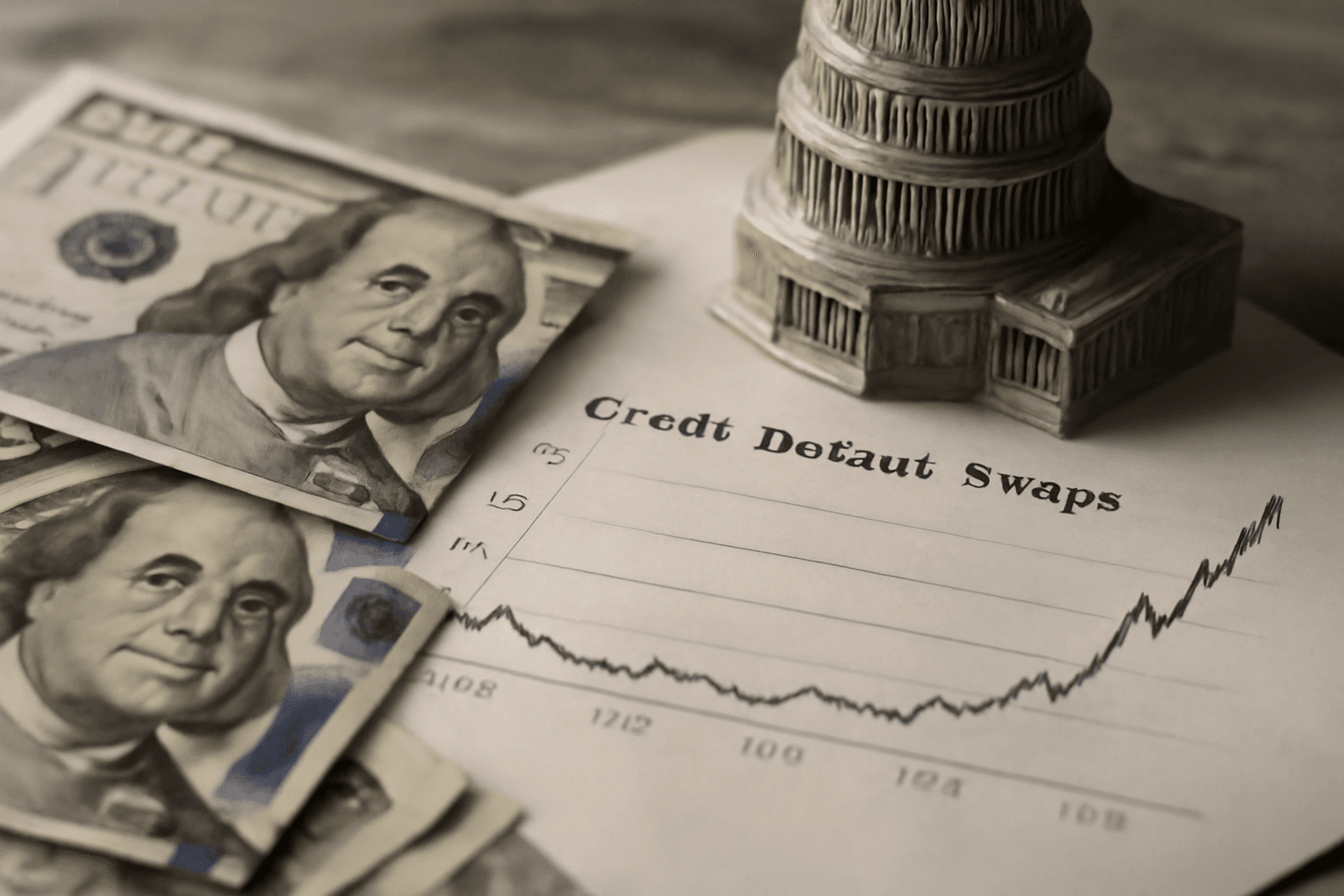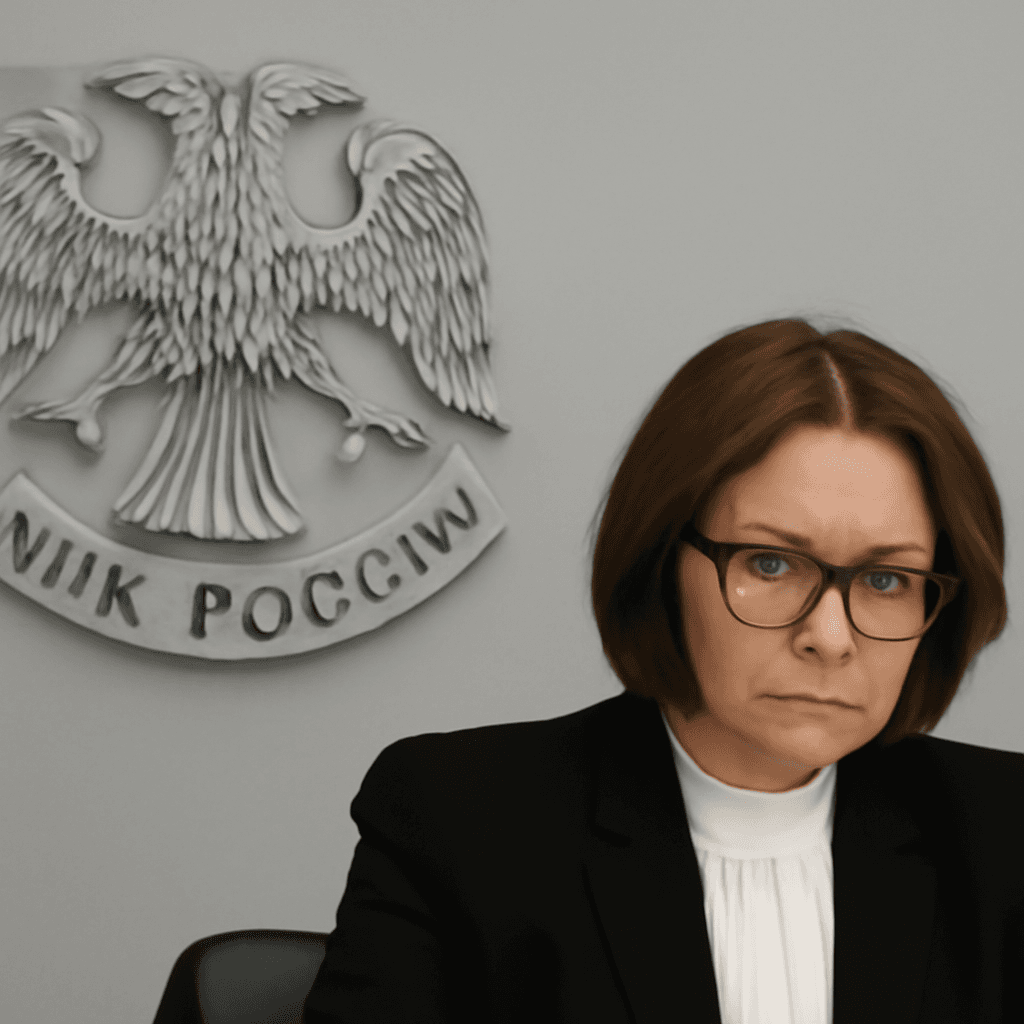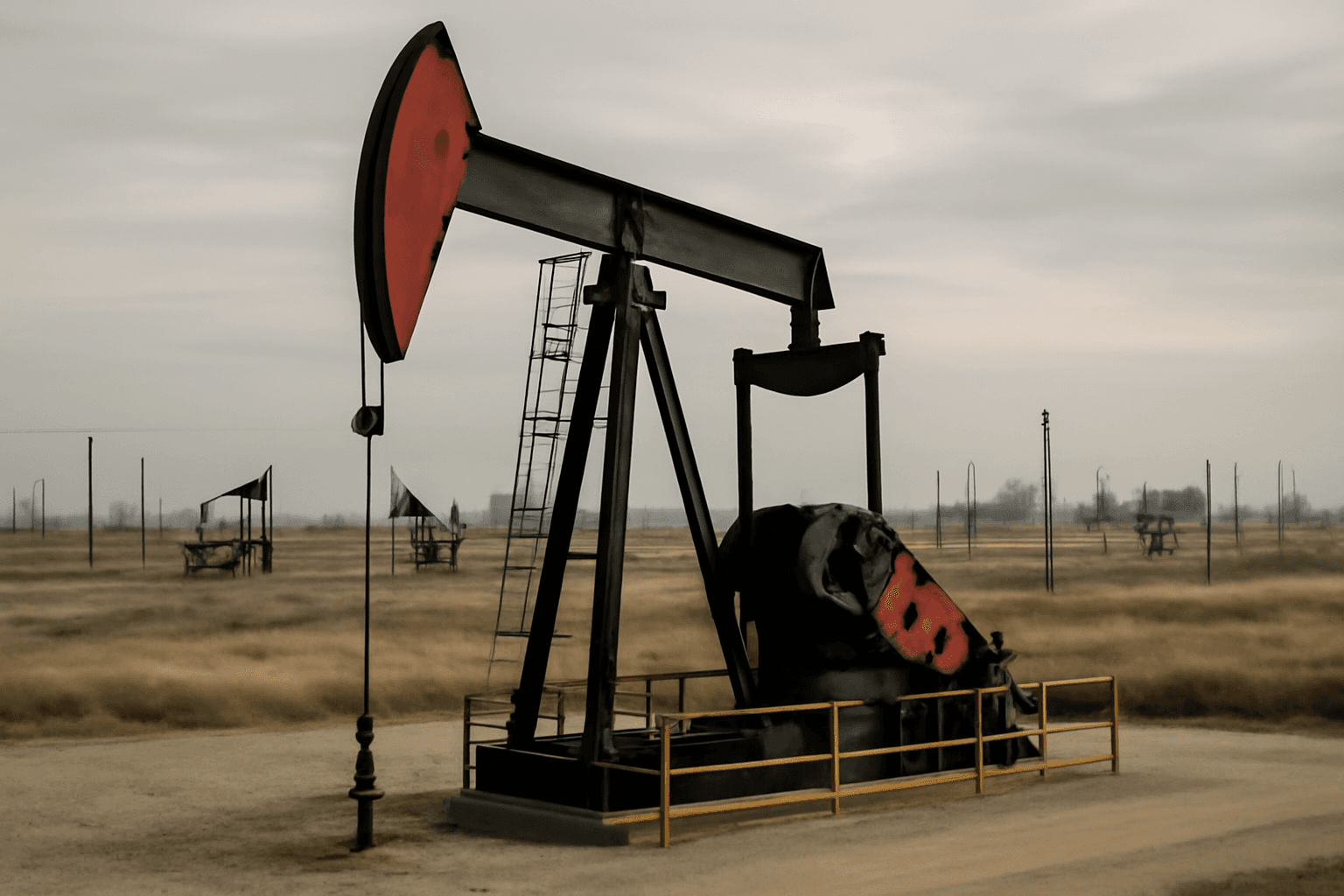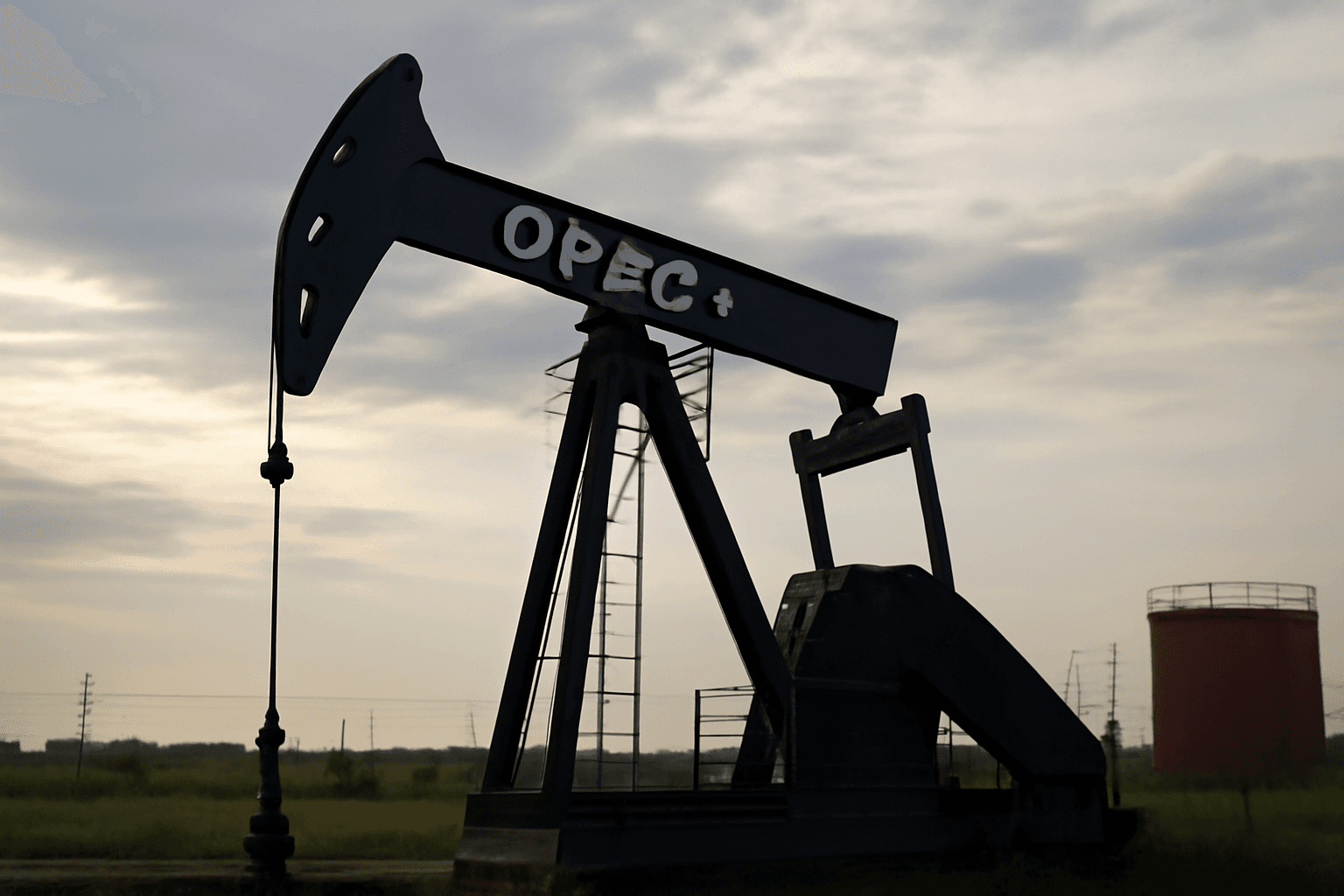Russian Ruble Leads Global Currency Rally in 2025
Despite ongoing geopolitical tensions, economic sanctions, and declining oil prices, the Russian ruble has emerged as the world's best-performing currency in 2025. This remarkable rally has seen the ruble appreciate by more than 40% year-to-date, marking a significant reversal from its depreciation over the past two years.
Factors Driving the Ruble's Strength
The ruble's ascent is attributed primarily to domestic monetary policy and capital controls rather than renewed foreign investor confidence. Key drivers include:
- High Interest Rates: The Russian central bank has maintained elevated domestic interest rates at around 21%, which curtails borrowing and lowers demand for foreign currency by making imports more expensive.
- Capital Controls and FX Restrictions: Policies limiting currency exchange and capital outflows have tightened, reducing the availability of foreign currencies and supporting the ruble.
- Reduced Demand for Foreign Currency: Due to weak consumer demand and oversupply of certain imported goods, local importers have lowered their purchases of foreign currencies, alleviating pressure on the ruble.
- Mandatory Export Revenue Conversion: Large exporters, especially in the oil sector, are required by the government to convert a significant portion of their foreign currency earnings back into rubles. From January to April 2025, this amounted to approximately $42.5 billion, a 6% increase compared to the previous four months.
- Monetary Contraction: The central bank's deliberate reduction of the money supply counteracts inflationary pressures, further strengthening the currency.
- Optimism Around Peace Talks: Although progress has been limited, any potential diplomatic resolution between Russia and Ukraine has fueled speculation of economic reintegration and capital flow recovery, bolstering the ruble temporarily.
Economic Implications and Trade-Offs
While the ruble's appreciation reflects certain policy successes, it presents challenges:
- Export Sector Pressure: Falling global oil prices are squeezing profit margins of Russian exporters, particularly in oil and gas, which remain crucial to the economy.
- Fiscal Strain: Oil and gas revenues contribute roughly 30% of federal income in 2024. Declining prices combined with a stronger ruble reduce these earnings, forcing the government to rely more heavily on sovereign wealth funds and consider expenditure cuts.
- Limited Trade Competitiveness Gains: Due to Russia's isolation from much of the global market, ruble depreciation would not substantially enhance export competitiveness, dampening economic benefits from currency changes.
Outlook: Will the Rally Sustain?
Experts caution that the ruble's surge may not endure. Key risks include:
- Declining Oil Prices: Continued drops in oil prices could reduce export revenues and foreign currency inflows.
- Potential Peace Agreement: A formal peace deal between Russia and Ukraine could lead to lifted capital controls and interest rate cuts, potentially triggering a rapid selloff in the ruble.
Analysts observe that the ruble's current valuation is near its peak, and any major shifts in geopolitical or economic factors could reverse its strengthening trend.
Conclusion
The ruble's robust performance in 2025 is a complex interplay of stringent monetary policy, capital restrictions, and geopolitical dynamics, rather than reflecting fundamental economic strength or investor confidence. While it provides short-term stability amid challenges, the prospects for sustained appreciation remain uncertain given external pressures and the country's constrained trade environment.

